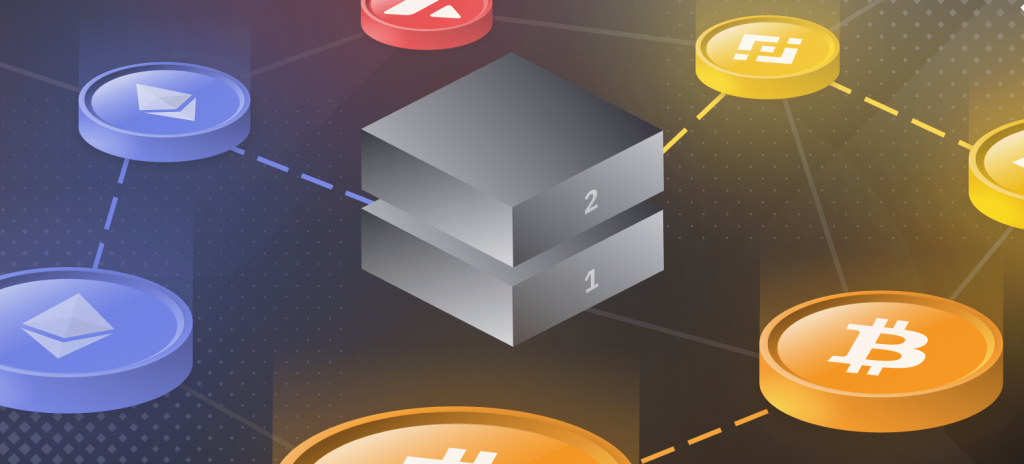The mining process & blockchain

Bitcoin mining concept. Business man digging coin from the rock
Layer 2: the public key cryptography
To protect the security and integrity of the data contained in the blockchain, transactions are digitally signed. The private key is used to sign transactions, and anyone with the public key can verify the signer. Digital signatures detect information manipulation. Since the encrypted data is also signed, the digital signature ensures uniformity. Any action will invalidate the signature.

The data cannot be discovered because it is encrypted. Even if caught, it cannot be manipulated again. The identity of the sender or owner is also protected by a digital signature. Therefore, a signature is legally bound to its owner and cannot be ignored.
Trouw, co-founder of XY Oracle Network, believes that a variant of the encrypted, code-based communication technology used to secure blockchains, known as cryptography, will finally end the debate. He sees self-verifying cryptography, such as B. zero-knowledge proofs, as “the only way to solve the trilemma”.
Layer 1: the transaction data
The end result is bundling multiple transactions off-chain (layer 2) and adding them to layer 1 in a compact form. Likewise, the same principles of bundling off-chain data for feedback at layer 1 apply to Ethereum and its many layer 2 scalability solutions.

Layer 2 protocols provide a second framework where transactions can take place independently of layer 1. This means that most of the work performed by the main chain can be offloaded to the second shift. Layer 2 applications then send the transaction data to Layer 1 where it is secured on the blockchain ledger and history.
As the ultimate source of information, the Layer 1 network is ultimately responsible for transaction processing. In layer 1 networking, local tokens are used to access network resources. Another key feature of Layer 1 blockchain networks is innovation in consensus mechanism design.
The blockchain
The data structure of the blockchain is represented as a blockchain table in which transactions are ordered. The blockchain data structure consists of two basic elements: pointers and linked lists. A linked list is a list of concatenated blocks of data and pointers to previous blocks.
There will be multiple layers of blockchains on top of the main chain. These levels are linked together, forming a parent-child chain link. Representatives of parent chains work among their child chains. The child chain then performs these operations and sends the result back to the parent chain.
Block height is critical to blockchain security because it differentiates blocks. With sharding and highly randomized blocks, Harmony strikes a balance between scalability and security. This is further enhanced by Harmony’s cross-chain Horizon Bridge, which allows the network to connect to Ethereum’s layer 2 scalability solution.

The mining algorithm
Mining nodes use computing resources to solve mathematical problems to verify transactions and circulate cryptocurrencies. In return, mining nodes receive mining rewards in the form of newly generated cryptocurrency. All bad actors in the network are punished and immediately identified by the rest of the network. Blockchain thus offers an unbiased, trustless alternative to the old financial system.
Despite the technology’s many advantages, the Bitcoin blockchain, like many other blockchains, continues to grow in size. Therefore, mining nodes require more and more computing resources. In many cases, this is unsustainable. However, layer 2 scaling solutions may help with this issue.

Optimistic rollups are less centralized than zk rollups. Also, optimistic rollups are usually easier to use. They are also Turing-complete, which means they can simulate computational elements of other Turing-complete machines and languages. Additionally, zk rollups use advanced mathematical verification procedures, while optimistic rollups assume that all transactions are valid unless network participants claim they are invalid.







